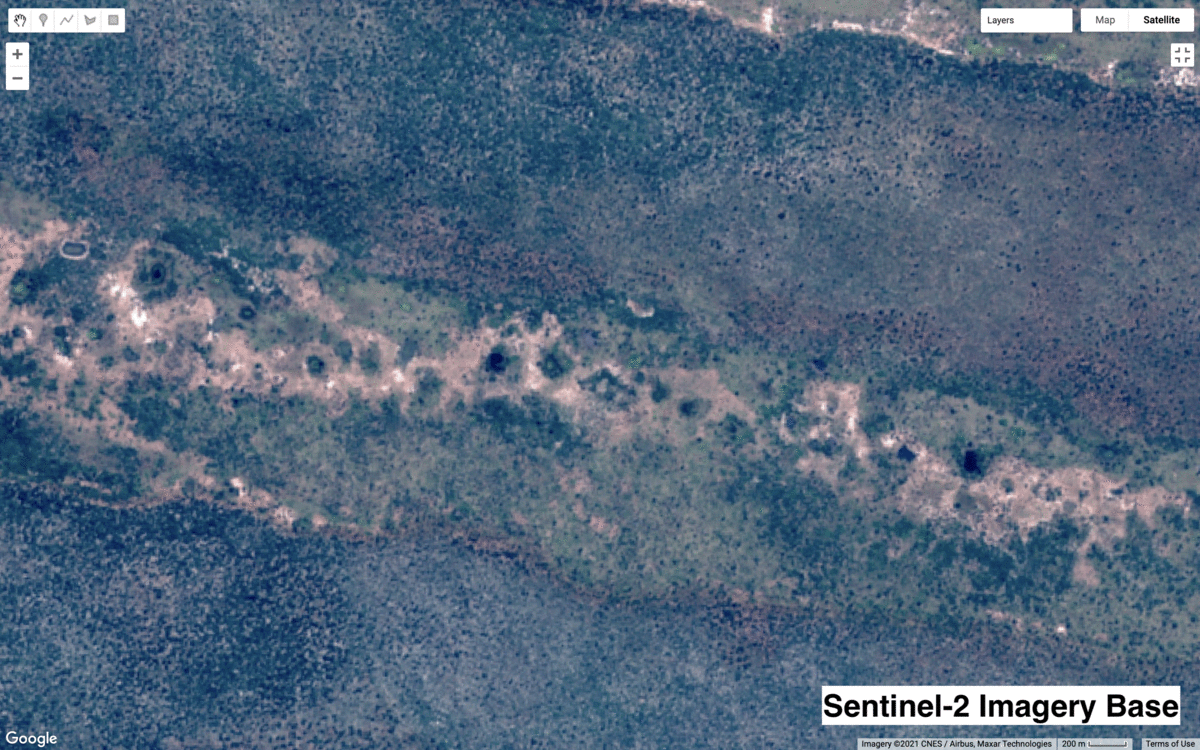Antelope behaviors in a changing world
(1) how four rare antelope species respond to artificial water provisioning in Kruger NP, South Africa
(2) how two antelope species deal with heat stress in Khaudum NP, Namibia
(3) how two antelope species react to veterinary fencing in Khaudum NP, Namibia
(1) how four rare antelope species respond to artificial water provisioning in Kruger NP, South Africa
(2) how two antelope species deal with heat stress in Khaudum NP, Namibia
(3) how two antelope species react to veterinary fencing in Khaudum NP, Namibia
|
My Ph.D. dissertation covered three elements of change for African antelope populations: (1) artificial waterhole provisioning, (2) climate change (warming and drying), and (3) veterinary fencing.
My first chapter focused on declines in roan antelope (Hippotragus equinus), sable antelope (Hippotragus niger), tsessebe (Damaliscus lunatus) and eland (Taurotragus oryx) from the 1980s to mid-2000s, and how the story of artificial waterhole provisioning is not as straightforward as it first seems. My second chapter explored how roan antelope (Hippotragus equinus) and gemsbok (Oryx gazella) deal with heat stress on the hot semi-arid savanna of eastern Namibia. There, roan and gemsbok must balance water loss with heat gain, manage increased predator activity around waterholes and at night, and shift their daily activity budgets towards resting on very hot days. Roan need to drink daily, while gemsbok do not, leading to divergent strategies to manage heat stress. My third chapter compared the movement patterns of roan and gemsbok when faced with an increasingly-ubiquitous linear landscape feature: Veterinary fencing. These fences exist to help control disease spread, poaching, predation, and more. But how effective are these fences at restricting the movements of large mammals? And how do different species with different needs approach and respond to restrictive fencing? |
